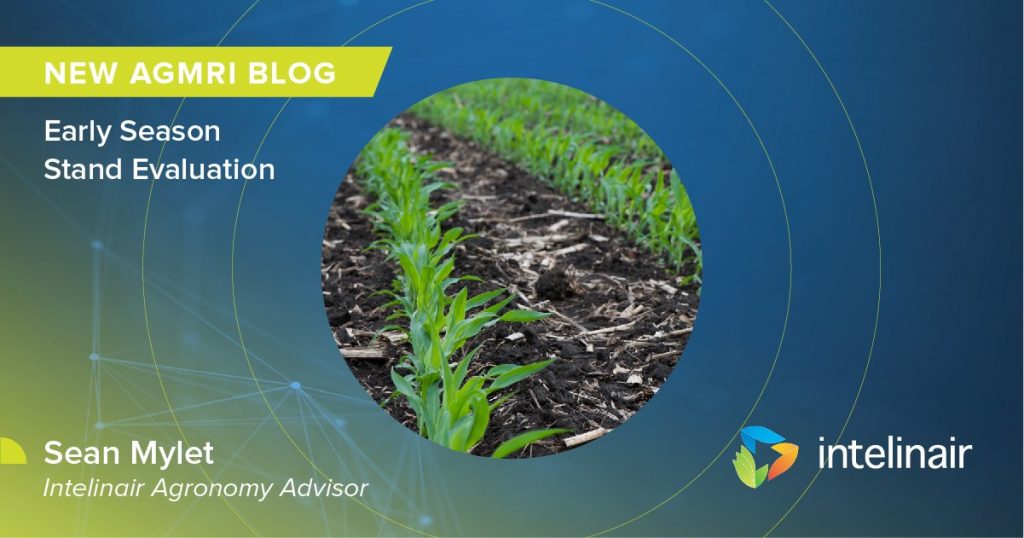As crops begin to emerge, it is wise to take time to evaluate your stand, confirm plant population, and ensure your investment is off to the best possible start. This typically involves taking stand counts, digging up seedlings, and checking overall plant health. This is really the first time you are getting a close-up view of your new crop. And, if done early enough, there is still time to potentially replant or make early season fertility adjustments that could help your crop and protect your yield.
Stand Count vs. Stand Evaluation – What’s the Difference?
When thinking about evaluating your crops post emergence, there are two tools to help you evaluate your crop – stand count and stand assessment.
-
Stand count is counting every emerged plant, regardless of what stage it is in, or the health of the plant at the time of the stand count. This means that if the plant has emerged or is out of the ground, It will be counted toward the overall stand count total.
-
Stand assessment involves evaluating the plants that you determine have emerged, and evaluating the overall health, viability, and growth stage compared to the other plants in the same 17’ 5” area.

In Field Scouting Tip
Before taking a stand count, it is important to take into consideration your row width, as this will be key in accurately determining your plants per acre across the field. For example, in 30” spaced rows, 1/1000th of an acre is 17’5” with that number changing based on different row widths. This means that if you count 35 plants within that 17’5”, you have approximately 35,000 plants per acre.
To get the most accurate representation of the field average, it is best to do a stand count in various spots throughout the field and to have at least 3-5 stand counts in total.
The process for stand counts is fairly straightforward; however, the stand assessment is a bit more tedious. This involves going back through the 17’5” in which you just completed a stand count, and determining what plants are struggling, had a planting error (e.g., skips, doubles, no-germ), and what plants may be injured due to crop protection products, fertilizer, potential early season disease, or frost. This helps determine the overall potential for the final stand, and can be a factor in determining yield.

How AGMRI can Help Track Stand
By utilizing AGMRI, an emergence map will be created on enrolled fields, potentially limiting the amount of time spent performing in-person field stand counts. By using 15 cm resolution imagery, and a growing degree day calculator (based on planting date), AGMRI can give you an estimated stand count representation by as early as V4.
Contact us for more information.















